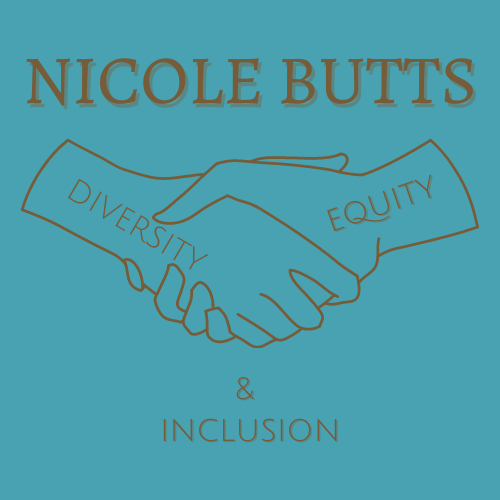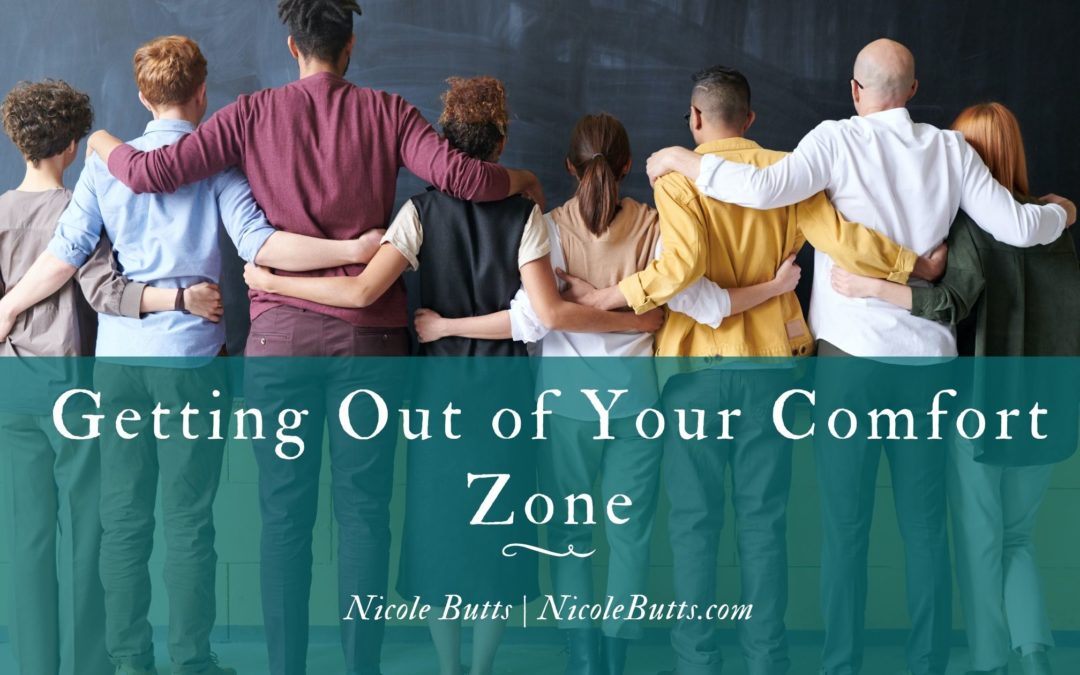Stepping outside of our comfort zone is essential to Diversity, Equity, and Inclusion (DEI). I ask clients every day to step outside of their comfort zone as it relates to their personal and organizational DEI journeys. As a DEI executive, strategist, coach, and facilitator, I can’t ask my clients to step outside of their comfort zone if I can’t step outside of mine.
But DEI and courageous conversations are my comfort zone. Heights, on the other hand, is another story.
Many people view matters of diversity, equity, and inclusion as far outside of their comfort zone as rappelling down a building is for me. In my comfort zone, my feet are planted firmly on the earth’s surface. Rappelling down the side of a 30-story building would undoubtedly qualify as stepping outside of my comfort zone — and that’s exactly what I did this summer.
You’re probably asking, why on earth did I rappel down a 30-story building? I have been asked this question time and time again. Well, I did it for two reasons:
Firstly, it was to donate money to a worthy cause. I was practicing allyship by raising money to support first-generation college students. While I could have easily just donated the money as there was no actual need to do the deed. After all, isn’t that what people generally do? Donate money to charity? In many cases, this is how the majority of companies approach DEI–– by giving money but not actively stepping over the edge. Companies will give money but don’t actually step out in support or put themselves in any discomfort. Most of the time we are more willing to extend our wallet than our person.
Suffice it to say, I didn’t need to rappel down a high-rise building to give money to a worthy cause. So what really had me sitting in my discomfort 330 feet above ground? That brings me to the second and most compelling reason that aligns with asking clients to step outside their comfort zone: for personal growth and continued development. We don’t grow, expand, or develop within the walls of our comfort zone. It is outside of our safe space where personal growth happens. We grow when we take risks, and embrace discomfort and doubt. To step outside the comfort zone is to cultivate personal evolution purposefully.
ithin our comfort zone lies the people we already know, the places we frequent, and the news and social media we rely on. Unfortunately, our comfort zone is also an echo chamber that reinforces what we already think, our existing perspectives, and world views. It’s where our beliefs and ideas are amplified by the TV shows we watch, the articles we read, the people we choose to surround ourselves with, and the fears we hold onto. Without realizing it, we fall victim to stereotypical thoughts, misconceptions, and biases. An essential part of our personal and organizational DEI journeys is taking deliberate actions to break through our own comfort zones and echo chambers.
Once you step outside of your comfort zone, you finally have the opportunity to expand it. The further you step out, the bigger and more diverse your comfortable space will become. You’re giving yourself an opportunity to see the world from a different point of view when you step outside your comfort zone. Rappelling down the side of that San Diego hotel allowed me to see the whole harbor of San Diego from a new, broader, heightened vantage point—one I would never have seen from street level.
But don’t worry. ou don’t have to dangle mid-air from a 30-story building just to get out of your comfort zone. Below are three simple things you can do right now to expand your comfort zone.
- Change your source of news: Broaden your horizons by adding a different source for gathering news. If you watch a particular network for your news, make the mindful choice to change to a different channel or add a new one. Or, if you only watch television news, try reading a newspaper. If you read a national newspaper, add a local newspaper. Add news radio or listen to an unfamiliar podcast. While you don’t need to agree with the way these other sources present or interpret the news, you’ll gain a more balanced understanding of current events and the way they’re perceived by others.
- The next time you are at an event, look for people you don’t know or who might seem different from you and see if you can strike up a conversation. A few years ago, at a friend’s holiday party, my husband found me engaged in conversation with a trans woman and her wife. His first inclination was to find a different conversation to join, but he could not openly ignore my hand stretched out in his direction. We had a wonderful conversation with the couple for over an hour. On our drive home later that evening, I realized the depth of my husband’s initial discomfort. More importantly, I witnessed the growth he experienced as a result of that time spent. Books and articles are great sources of learning, but nothing would have been as impactful on his expansion as that personal conversation.
- Spend time with people who disagree with you. While this may seem like an unpleasant experience, the conversation might surprise you. I know you have some people in your life, probably even an immediate family, with whom you don’t often agree. Getting perspective about “the other side” from a familiar face is a great way to broaden your worldview.
My comfort zone no longer requires that my feet be planted firmly on the ground. I have expanded it to include safely and securely hanging 330 feet above the ground. The more we step over the edge of our current comfort zone, the more we are able to expand our comfort zone to larger and larger dimensions.

